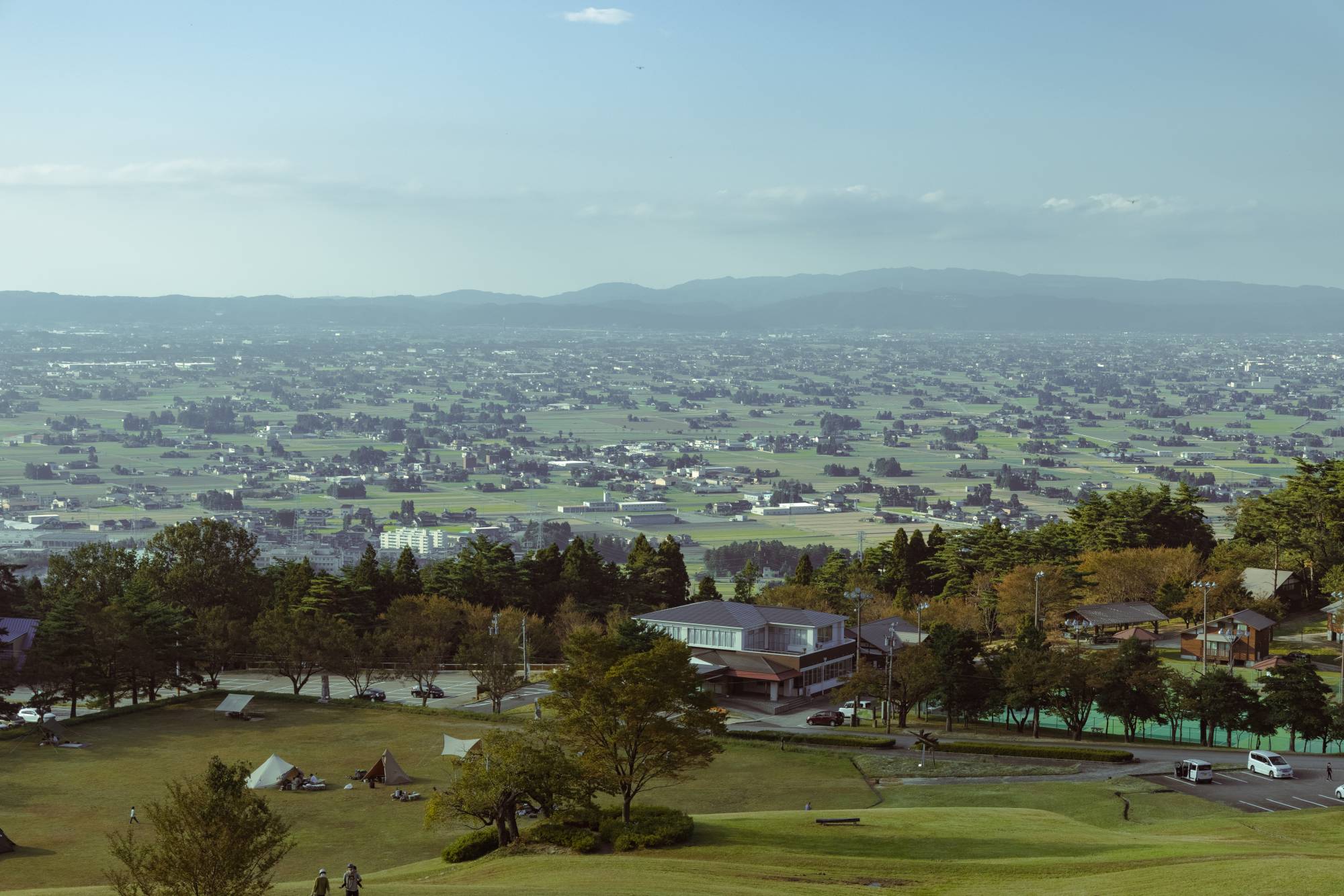As I lift a bowl of frothy matcha during a Japanese tea ceremony in the lounge of the Rakudo-An hotel in Tonami, Toyama Prefecture, I hear a staff member whisper something to the guests behind me, followed by a soft murmur of surprise. I turn around to my mother to check that I’ve not just made an embarrassing faux pas, but she nods encouragingly, albeit with a vaguely nervous smile. It’s only when I finish sipping and lay down the bowl that she leans in and says, in an amused tone, “You just drank from a 300-year-old priceless antique. Thank god you didn’t drop it.”
The chawan bowl, a pristine example of Korean Joseon dynasty pottery — the historically prized ceramic of choice for Japanese tea ceremonies — is one of dozens of museum-worthy antiques and artworks housed in Rakudo-An, a newly opened boutique hotel in the heart of Toyama’s agricultural Tonami Plain. A 15-minute walk from the nearest station and surrounded by nothing but rice fields and a scattering of distant farmhouses, it’s an unusual location for an art hotel. There are no galleries, parks, cafes or shops — just arable land, irrigation waterways and the sounds of nature.
“When I moved back to Toyama after living for years in Tokyo, I really thought that there would be nothing here to make me stay,” says Sari Hayashiguchi, producer of the Mizu to Takumi Toyama West Tourism Promotion Association, which manages Rakudo-An. “But I was surprised to find so much going on. Toyama has a lot to offer — not just agriculture, but history, culture and craft.”


















With your current subscription plan you can comment on stories. However, before writing your first comment, please create a display name in the Profile section of your subscriber account page.